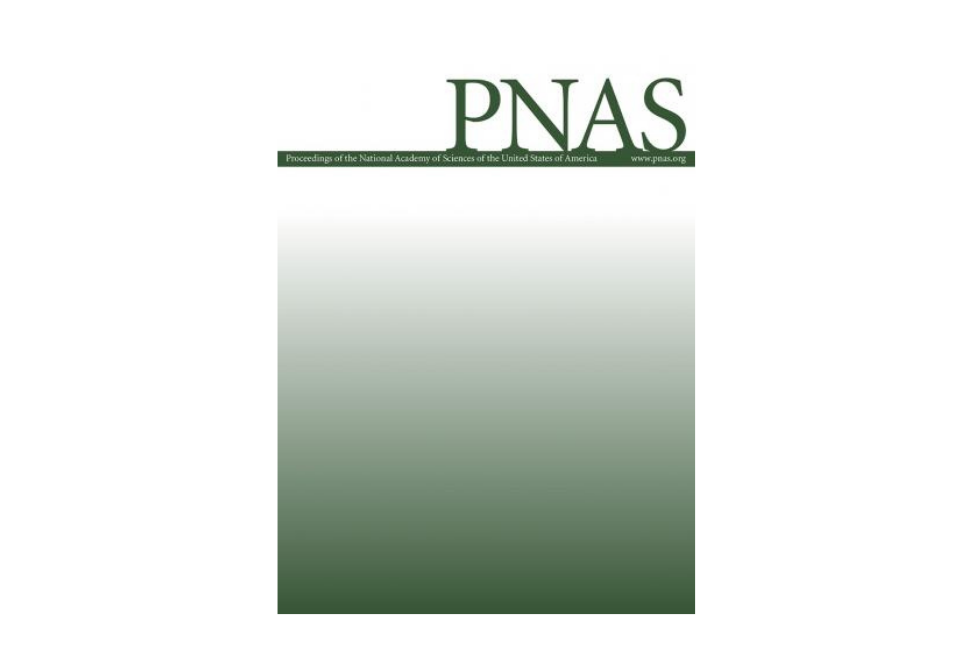Electrochemical quantification of accelerated FADGDH rates in aqueous nanodroplets
Abstract
Enzymes are molecules that catalyze reactions critical to life. These catalysts are often studied in bulk water, where the influence of water volume on reactivity is neglected. Here, we demonstrate rate enhancement of up to two orders of magnitude for enzymes trapped in submicrometer water nanodroplets suspended in 1,2-dichloroethane. When single nanodroplets irreversibly adsorb onto an ultramicroelectrode surface, enzymatic activity is apparent in the amperometric current-time trace if the ultramicroelectrode generates the enzyme cofactor. Nanodroplet volume is easily accessible by integrating the current-time response and using Faraday’s Law. The single nanodroplet technique allows us to plot the enzyme’s activity as a function of nanodroplet size, revealing a strong inverse relationship. Finite element simulations confirm our experimental results and offer insights into parameters influencing single nanodroplet enzymology. These results provide a framework to profoundly influence the understanding of chemical reactivity at the nanoscale.
Citation
Electrochemical quantification of accelerated FADGDH rates in aqueous nanodroplets
Kathryn J. Vannoy, Inyoung Lee, Koji Sode and Jeffrey E. Dick
PNAS June 22, 2021 118 (25), e2025726118
DOI: 10.1073/pnas.2025726118


